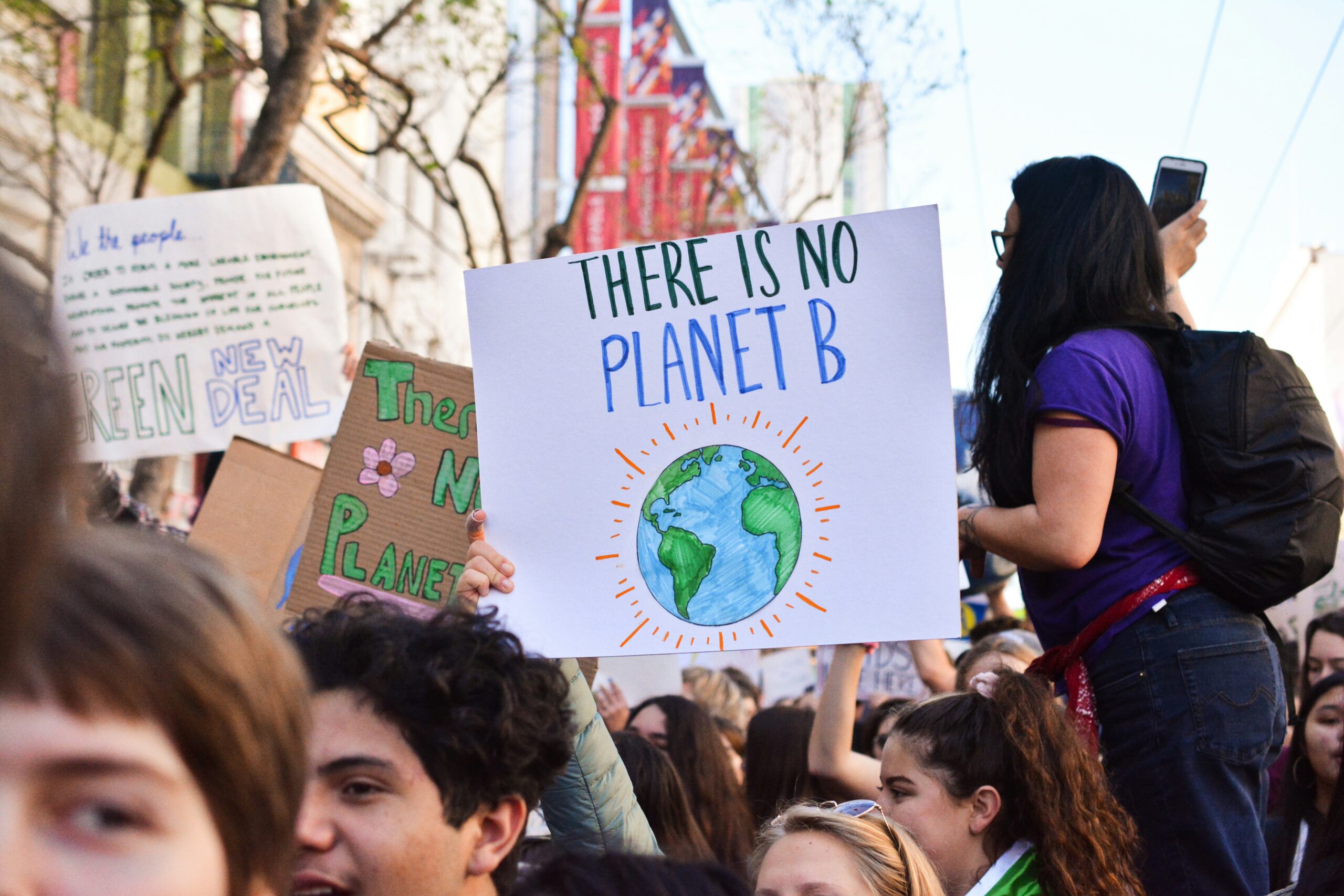Sustainable Agriculture Can Solve The Global Hunger Crisis

Can we sustainably feed the world while protecting our planet? The answer lies in how we grow our food and manage our natural resources. Sustainable agriculture is more than just farming; it is about using methods that take care of the environment, save water, reduce pollution, and protect wildlife. By adopting practices such as crop rotation, agroforestry, organic farming, and precision agriculture, we can significantly reduce the environmental impact of farming while ensuring food security for future generations.
This article will show how sustainable agriculture can help end hunger, focusing on the Sustainable Development Goals (SDGs), Goal 2: Zero Hunger. Let’s explore how we can all work together to create a world free from hunger.
What is Sustainable Agriculture?
Sustainable Agriculture means growing food in a way that meets our needs today, without harming the environment for future generations. Unlike traditional farming, which relies heavily on chemicals and single-crop farming (monocultures), sustainable farming focuses on healthy soils, saving water, and protecting nature. It is a medium of farming that connects the planet, farmers and future generations well.
The Global Hunger Problem
As of 2023, approximately 690 million people worldwide suffer from hunger. This problem is made worse by conflicts, bad economies, and climate change. By 2050, our population is projected to reach 9.7 billion, which means we’ll need more food. But traditional farming have caused environmental problems, such as soil damage, loss of plants and animals, and pollution. Sustainable agriculture offers a solution to grow more food while protecting the planet.
Key Practices in Sustainable Agriculture
Here are some important methods used in sustainable agriculture:
- Organic Farming: This avoids harmful chemicals and uses natural ways to control pests and improve soil health.
- Agroforestry: Planting trees alongside crops helps protect the soil, store carbon, and provide shade.
- Conservation Agriculture: This method uses minimal soil disturbance and keeps the soil covered with plants to improve its health. Conservation agriculture involves minimal soil disturbance, maintaining soil cover, and crop diversification. These practices improve soil health, water retention, and biodiversity.
- Agroecology: This system mimics nature by planting different crops together and encouraging natural pest control.
- Integrated Pest Management (IPM): Using natural predators and other methods to control pests instead of chemicals, which is better for the environment and people.
How Sustainable Agriculture Can Eradicate Hunger?
- Growing More Food: Sustainable methods like crop rotation and agroforestry can help grow more food by improving soil health and reducing pests.
- Healthier Food: These practices often lead to producing a variety of healthier crops. Organic farming, in particular, results in foods with more nutrients.
- Resilience to Climate Change: Sustainable Farming helps protect farms from droughts, floods, and pests, which are becoming more common with climate change.
- Helping Small Farmers: By using less water, avoiding harmful chemicals, and promoting biodiversity, sustainable farming protects nature and ensures that land can be used for food for many years to come.
- Helping Small Farmers: Small farmers grow about 70% of the world’s food, but many don’t have the resources they need. Sustainable farming provides the farmers with low-cost, eco-friendly solutions that can increase their income and lift them out of poverty.
Real-life Success Stories in Sustainable Agriculture
- The Push-Pull System in East Africa: This program involves planting pest-repellant crops with cereals and has helped many farmers grow more food without using harmful chemicals.
- Cuba’s Organic Revolution: After facing a food crisis, Cuba shifted to organic farming and community gardens. Today, it is a global leader in sustainable agriculture.
- India’s Zero Budget Natural Farming (ZBNF): This low-cost method uses natural materials and has helped many Indian farmers improve their soil, grow more food and reduce debt.
This is a call to all, young and old for action. You can be a part of the solution! We all have a part to play in sustainable agriculture and ending hunger. Here’s how you can make a difference:
- Buy Sustainable Products: Support farmers who use sustainable methods by choosing their products.
- Learn and share: Educate yourself and others about the importance of sustainable agriculture.
- Advocate for Change: Support policies that promote sustainable agriculture a healthy planet.
- Volunteer or Donate: Contribute to organisations that promote sustainable farming and food security.
- Grow Your Own Food: Try growing your own food at home or participate in a community garden.
Conclusion
Sustainable agriculture holds the key to feeding the world and protecting the planet. By using eco-friendly farming methods, supporting small farmers, and growing healthier crops, we can create a food system that works for everyone.
Together, we can make a difference and work towards a hunger-free, green future.
#sustainableagriculture #globalhungercrises #SustainableDevelopmentGoals #SDGs #SDG1 #SDG2 #eradicatinghunger #endpoverty #zerohunger

